Director(s) Kazuhiko Inoue Initial release date 19 March 1993 | Composer(s) Hisashi Matsushita Genre Action role-playing game | |
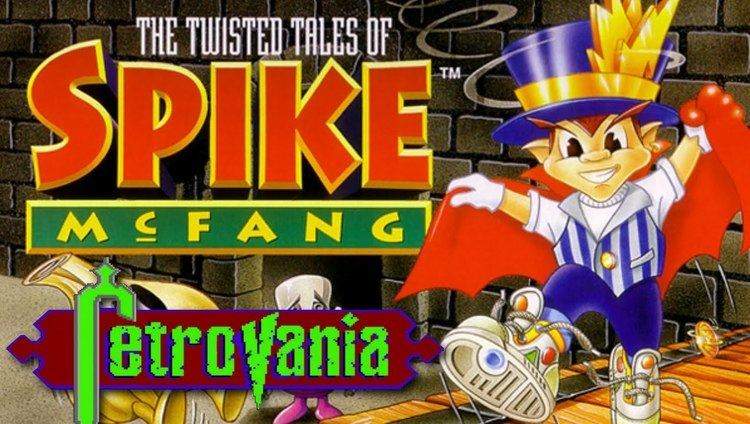 | ||
Producer(s) Masato ToyoshimaMasaki Kobayashi Programmer(s) Yuuichi OchiaiDaisuke Morishima Developers Blue Planet Software, Red Entertainment Publishers Blue Planet Software, Kaga Create Similar Kaga Create games, Action role-playing games | ||
The twisted tales of spike mcfang log jumping part 1 game grumps
The Twisted Tales of Spike McFang (Japanese: 超魔界大戦!どらぼっちゃん, Hepburn: Chō Makai Taisen! Dorabotchan, lit. "Ultra Demon World War! Little Dorabo"), is an action role-playing video game which was released for the Super Nintendo Entertainment System (SNES), developed by Bullet Proof Software and Red Company, and published by Naxat Soft. It was published by Bullet-Proof Software in North America. The game is the sequel to the TurboGrafx-16 game Makai Prince Dorabotchan, which was only released in Japan.
Contents
- The twisted tales of spike mcfang log jumping part 1 game grumps
- The twisted tales of spike mcfang snes playthrough nintendocomplete
- Plot
- Gameplay
- Version differences
- Reception
- References

The twisted tales of spike mcfang snes playthrough nintendocomplete
Plot
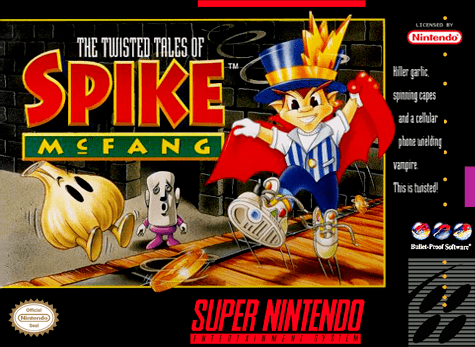
The game follows the adventures of a young vampire, the title character Spike McFang, who is set to battle with the evil zombie general Von Hesler, who attempts to invade his parents' and his friend Camelia's kingdoms.
Gameplay
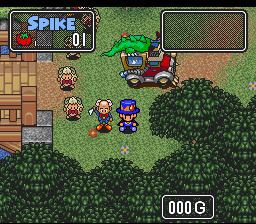
The game plays from a top-down perspective; the player encounters several enemies in the game and by defeating them, can gain experience points and increase his level. Spike's main weapons are his cape, that attacks in a short range (though Spike can extend its range at the risk of dizzying himself for a short time) and his hat, which can be thrown like a boomerang. He is also able to utilize magical cards with a wide variety of special effects, including, but not limited to:
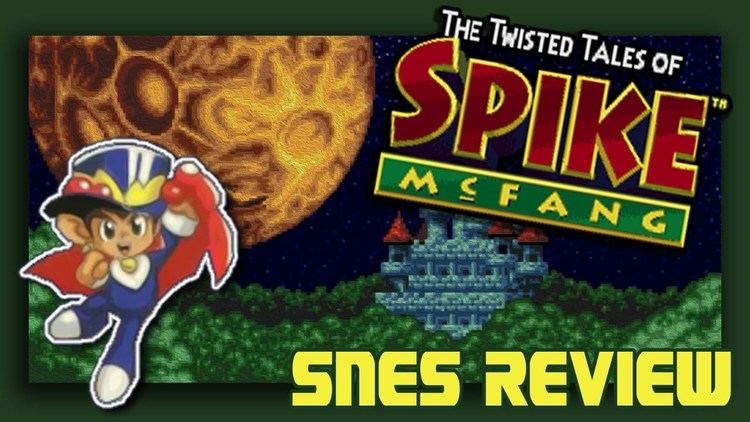
Version differences
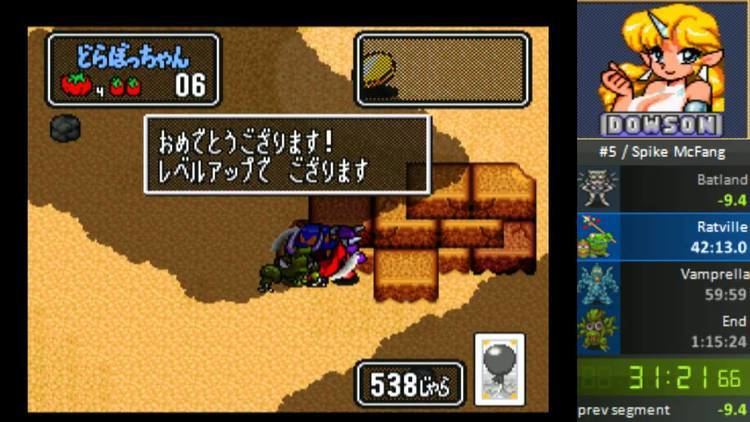
The American release of The Twisted Tales of Spike McFang was slightly altered in relation to the original. The enemies have higher defense and after Spike gains a level, his health doesn't get replenished. As a result, the game was more challenging than its Japanese counterpart. The shopkeeper, Dowson, was originally a pretty blonde girl. In the American version, this was changed to a mummified creature.
Reception
Electronic Gaming Monthly lauded it as "A huge adventure game in the same vein as Zelda!" They noted the "twist is you can pick up partners along the way to help you in your quest." Their five reviewers scored it 41 out of 50, averaging 8.2 out of 10. Nintendo Power praised the game for its "good graphics" and "entertaining story" while noting that the "adventure tends to take a predetermined path" and that the text scrolls too slowly and that control is frustrating in certain situations.
GamePro gave the game a negative review, saying that the simplistic and routine gameplay and storyline make it strictly for beginning gamers. They also criticized the cute tone of the visuals, commenting, "The pleasing graphics are clean and well drawn. On the other hand, so is Barney, and no one wants to see an RPG with him in it."
